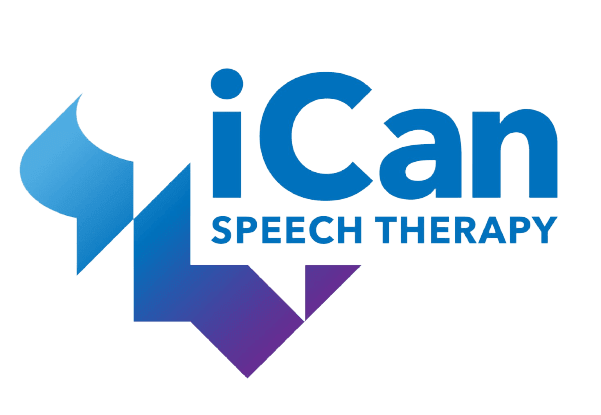
Apraxia

Apraxia of speech (AOS) is a “neurologic speech disorder that reflects an impaired capacity to plan or program sensorimotor commands necessary for directing movements that result in phonetically and prosodically normal speech” (Duffy, 2013, p. 4).
Childhood apraxia of speech (CAS) is a neurological childhood (pediatric) speech sound disorder in which the precision and consistency of movements underlying speech are impaired in the absence of neuromuscular deficits (e.g. abnormal reflexes, abnormal tone). CAS may occur as a result of known neurological impairment, in association with complex neurobehavioral disorders of known and unknown origin, or as an idiopathic neurogenic speech sound disorder. The core impairment in planning and/or programming spatiotemporal parameters of movement sequences results in errors in speech sound production and prosody.
Intervention is designed to
- use strengths and address weaknesses related to underlying structures and functions that affect communication;
- facilitate the individual’s activities and participation to develop new skills and strategies; and
- eliminate barriers and enhance skills that increase successful communication and participation, including the development and use of appropriate accommodations
- increasing speech production and intelligibility or, when indicated,
- using AAC, such as gestures, manual signs, voice output devices, and context-specific communication boards.
American Speech-Language-Hearing Association. (2016). Scope of practice in speech-language pathology [Scope of practice]. Retrieved from www.asha.org/policy/
Contact Information
Office location
105 Paul Mellon Ct. Suite 20, Waldorf, MD 20602Give us a call
(301) 263-7330Send us an email
[email protected]